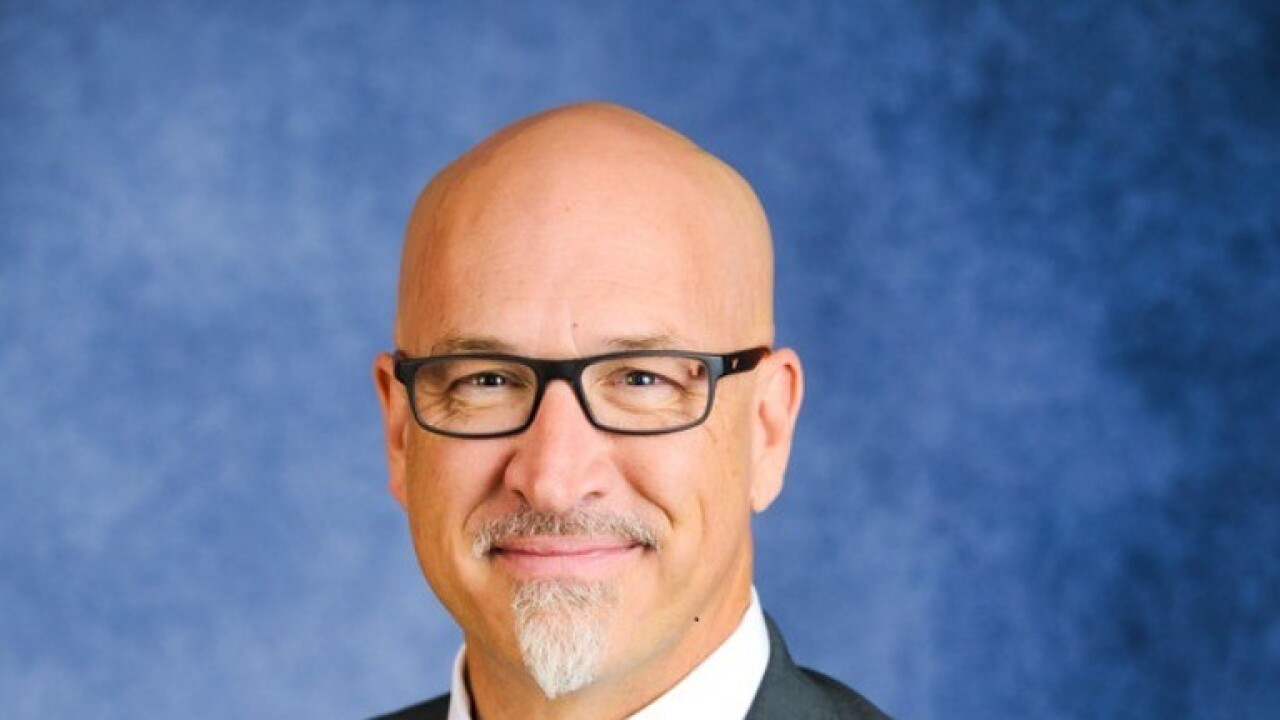The U.S. healthcare system is a multi-trillion dollar industry that is only expected to grow in the coming decade. But with half of Americans in medical debt, employers and employees alike are questioning just how much of those inflated costs are necessary.
With the right interventions, Americans could save $2.5 trillion in healthcare spend by successfully managing or avoiding preventable chronic conditions, according to data by the Centers for Disease Control and Prevention. While chronic diseases such as diabetes, cancer and heart disease make up 90% of healthcare costs, more than 90% of type 2 diabetes, 80% of Coronary artery disease, 70% of strokes and 70% of colon cancer are potentially preventable given the proper care and lifestyle changes, as cited by the National Center for Biotechnology Information.
Colleen Kavanagh, CEO of healthcare benefits company SoulBeing, wants to provide a new pathway to care and help users avoid unnecessary hospitalizations, surgeries and prescriptions. SoulBeing features access to 40 categories of HSA-eligible alternative services and corresponding providers, like acupuncturists, specialists in homeopathic or herbal medicine, massage therapists, physical therapists and mental health and behavioral therapists.
Read more:
“We want to integrate complementary and alternative medicine solutions more holistically into our existing healthcare infrastructure,” says Kavanagh. “And by connecting those seeking alternative care services with providers, we can prevent people from being seriously sick in the first place.”
Kavanagh notes that these services can either complement or replace a more conventional healthcare solution. For example, if someone has chronic lower back pain, a doctor may send them to physical therapy first before suggesting surgery. On the other hand, a doctor may send a patient straight to surgery and direct them to physical therapy afterward, which may be warranted depending on the extremity of the condition. Another common example is within the mental health space — a doctor could ask a patient to seek counseling, therapy, yoga and even acupuncture as an alternative to prescription medicine, explains Kavanaugh. Whatever the option, the important thing is that the patient feels in control.
Read more:
“It ends up boiling down to the doctor who is making that determination for their patient,” she says. “But part of our goal is really to empower the patients to have access to these solutions in a health system that leans towards surgeries and prescription medications, which we know are overused.”
In a country where Americans are estimated to owe a total of
As employers face rising health plan costs, it may be crucial to invest in alternative healthcare services that not only sustain but improve employee health and well-being. But Kavanaugh believes that stigma surrounding alternative care can get it the way of patients finding potentially cheaper, more effective health solutions.
“These aren’t fantastical healers but nutritionists, therapists and functional medicine doctors,” says Kavanaugh. “But the employee or their dependent are not always offered an alternative route as the first line of defense by the healthcare system.”
However, the
Read more:
“It’s not an individual doctor problem, but an infrastructure problem,” Kavanaugh says. “What are they going to recommend to a patient struggling with obesity and diabetes? They just don’t know what’s available to them.”
Offering more healthcare alternatives can result in a decrease in absenteeism and presenteeism but lower healthcare spend. The Rand Corporation’s Rand Wellness Programs Study even found that employers saw a $3.80 return for every dollar spent when they included a disease management component to their wellness plans.
For Kavanaugh, investment, access and education in alternative care solutions are necessary for an employer’s bottom line, and the well-being of their employees, too.
“Providing access to such a complex group of providers is an incredible undertaking, but so needed right now to ensure the quality of care in a part of medicine that is often overlooked,” she says. “This is really about educating people about what their alternatives are and giving them back the control of their own healthcare journey.”






